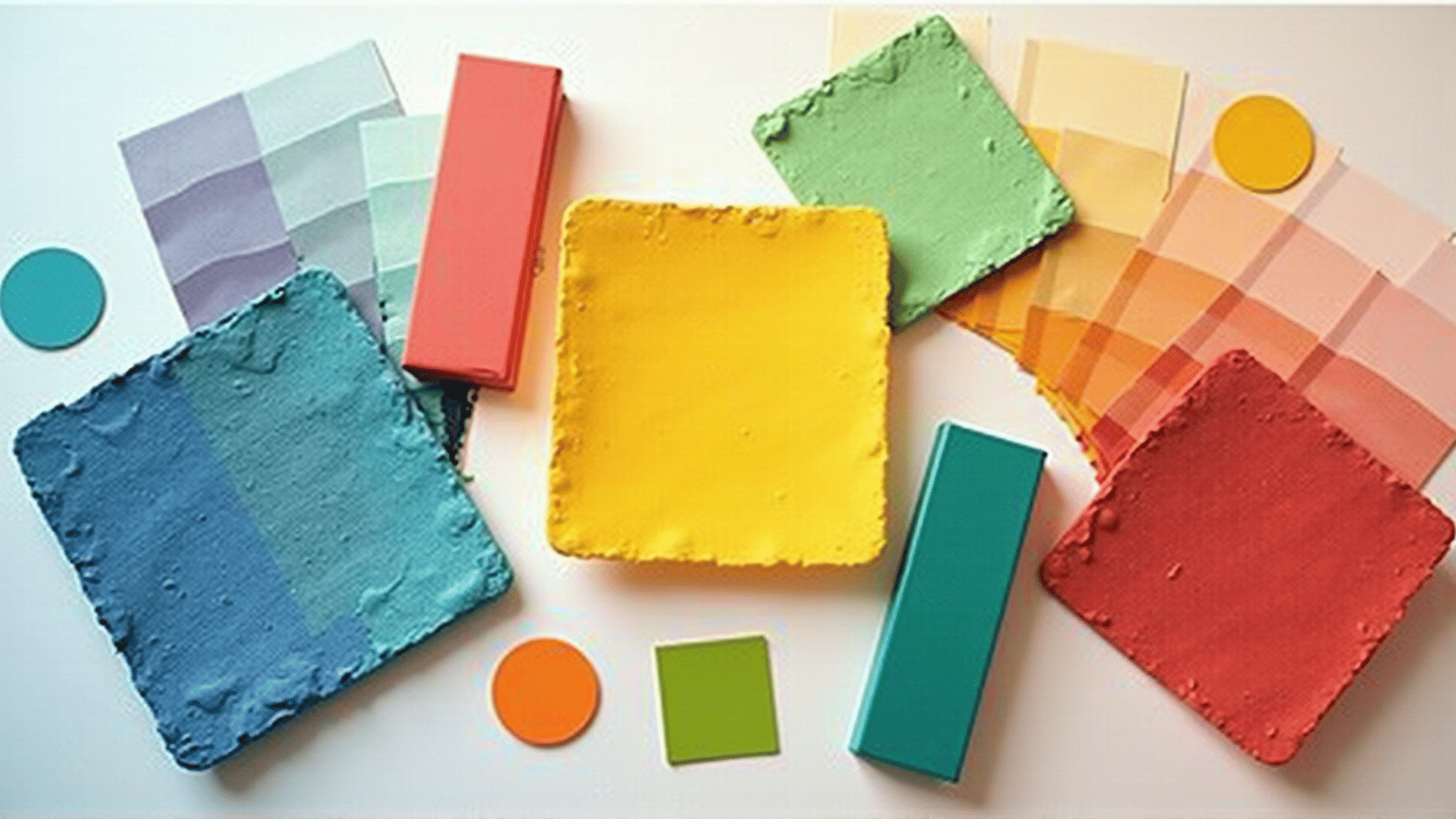When walking down the aisles of a supermarket or scrolling through an online shopping platform, have you ever wondered why certain products immediately catch your attention? While product features and brand reputation play significant roles, the secret ingredient often lies in something as seemingly simple as the product’s colors. Welcome to the vibrant world of color psychology in branding, a field dedicated to understanding how colors affect consumer behavior and perception.
Colors are more than just visual stimuli; they evoke emotions and influence decisions at a subconscious level. Each color carries specific associations and meanings, which can be leveraged by brands to convey their messages effectively. Understanding the significance of color psychology can help companies strategically use colors to attract their intended audience and create strong brand identities.
Red, for instance, is a color often associated with excitement, passion, and urgency. It’s no mistake that fast-food giants like McDonald’s and KFC predominantly use red in their branding. The color not only grabs attention but is also believed to induce appetite, making it an ideal choice for food-related brands looking to stimulate customers' senses.
On the other end of the spectrum, blue symbolizes trust, reliability, and serenity. This calming color is frequently used by banks and technology companies; think of brands like Facebook and PayPal. Employing blue helps these businesses foster a sense of dependability and security, crucial traits for companies handling sensitive data or financial transactions.
In the realm of personal care and eco-friendly products, green often takes center stage. Its connection to nature and health makes it a popular choice for brands like Whole Foods and Tropicana. Through green, companies successfully communicate their commitment to sustainability and wellness, capturing the environmentally conscious consumer's attention.
Yellow, epitomizing cheerfulness and optimism, is commonly associated with positivity and clarity. Brands like IKEA and Snapchat use yellow to convey a sense of happiness and innovation, appealing to consumers seeking joyful and straightforward experiences.
Black and white, while not inherently colorful, play pivotal roles in branding through their classic, versatile appeal. Black implies sophistication and luxury, making it prevalent among high-end brands like Chanel and Rolex. In contrast, white signifies purity and simplicity, often used by brands such as Apple to highlight their product’s sleek and minimalist design.
The psychology of color is not just about choosing hues that stand out but also about understanding cultural contexts and consumer demographics. A color that heralds good fortune in one culture might evoke a negative response in another. Moreover, age, gender, and personal experiences can result in varied perceptions of color. Therefore, it is essential for brands to consider these factors and conduct thorough market research when designing their visual identity.
The interplay between colors and brand strategy extends beyond logos to various touchpoints, including packaging, advertising, and website design. A coherent color strategy ensures a unified brand message, reinforcing consumer recognition and loyalty. It is this consistency that aids brands like Coca-Cola and Nike in maintaining their iconic status, effortlessly recognized across global markets.
In the domain of digital branding, the importance of color psychology is even more pronounced. With reduced attention spans and fierce competition, a brand’s choice of color can make or break user engagement and online visibility. The right palette can significantly enhance user experience, inciting emotions that persuade potential customers to invest time and trust in a brand.
Ultimately, whether choosing colors to energize, reassure, or enchant, the mastery of color psychology in branding lies in its ability to form a bridge between a brand’s essence and its audience’s psyche. By strategically deploying colors that resonate with consumers’ emotions and perceptions, brands not only enhance their appeal but also fortify their market position in an ever-evolving consumer landscape.
